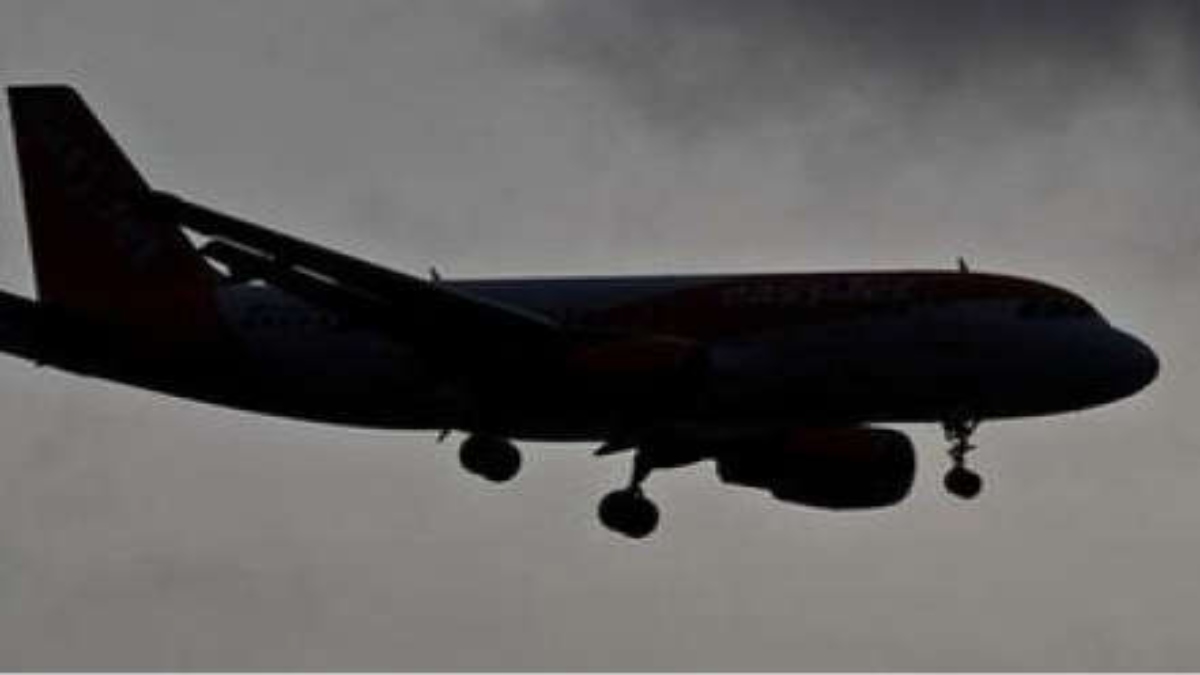
In his definitive translation and commentary God Talks With Arjuna: The Bhagavad Gita, Paramahansa Yogananda revealed that the Gita, India’s most beloved scripture of yoga, expressed in allegory the entirety of the science of yoga.
The sage Patanjali, who understood fully the Gita’s encapsulation of the message of yoga, organized the essence of the Raja (“royal”) Yoga path into a simple and systematic form in his short but masterly work, the Yoga Sutras.
Paramahansa Yogananda stated that Patanjali “presents, in a series of brief aphorisms, the condensed essence of the exceedingly vast and intricate science of God-union setting forth the method of uniting the soul with the undifferentiated Spirit in such a beautiful, clear, and concise way that generations of scholars have acknowledged the Yoga Sutras as the foremost ancient work on yoga.”
The yoga system of Patanjali is known as the Eightfold Path, which leads to the final goal of God-realization.
The Eightfold Path of Yoga:
Yama (moral rules outlining the behaviors from which one should abstain): injury to others, untruthfulness, stealing, incontinence (lack of control of the sexual impulse), and covetousness
Niyama (spiritual qualities and conduct to be cultivated): purity of body and mind, contentment in all circumstances, self-discipline, self-study (contemplation), and devotion to God and guru
Asana: right posture
Pranayama: control of prana, the subtle life currents in the body
Pratyahara: interiorization of the consciousness, through withdrawal of the senses from external objects
Dharana: focused concentration; holding the mind to one thought or object
Dhyana: meditation, absorption in the vast perception of God in one of His infinite aspects — Bliss, Peace, Cosmic Light, Cosmic Sound, Love, Wisdom, etc. — all-pervading throughout the whole universe
Samadhi: superconscious experience of union of the individualized soul with Cosmic Spirit
The highest practice of pranayama (life-force control, the fourth step of the Eightfold Path), involves the use of the scientific meditation techniques of Raja Yoga, with the preliminary goal of achieving interiorization of the consciousness (pratyahara), and the ultimate goal of oneness with Spirit (samadhi).
Normally the life force continuously flows outward through the nervous system and senses so that we cognize the world around us. Through techniques of pranayama that same life force (prana) is directed inward toward the higher centers of spiritual awareness in the spine and brain, so that we may perceive the vaster world within us.
The meditation techniques taught by SRF in the Self-Realization Fellowship Lessons, especially the Kriya Yoga technique, are the greatest Raja Yoga pranayama techniques. Paramahansa Yogananda often called them the quickest route to reunite the soul with the bliss of Spirit.
By the practice of pranayama we free the attention from life’s distractions by direct means—controlling the flow of bodily energy that would otherwise keep our consciousness outward. We thereby still the restless thoughts and turbulent emotions that prevent us from knowing our real Self as the unshakeable immortal soul, ever one with Spirit.















